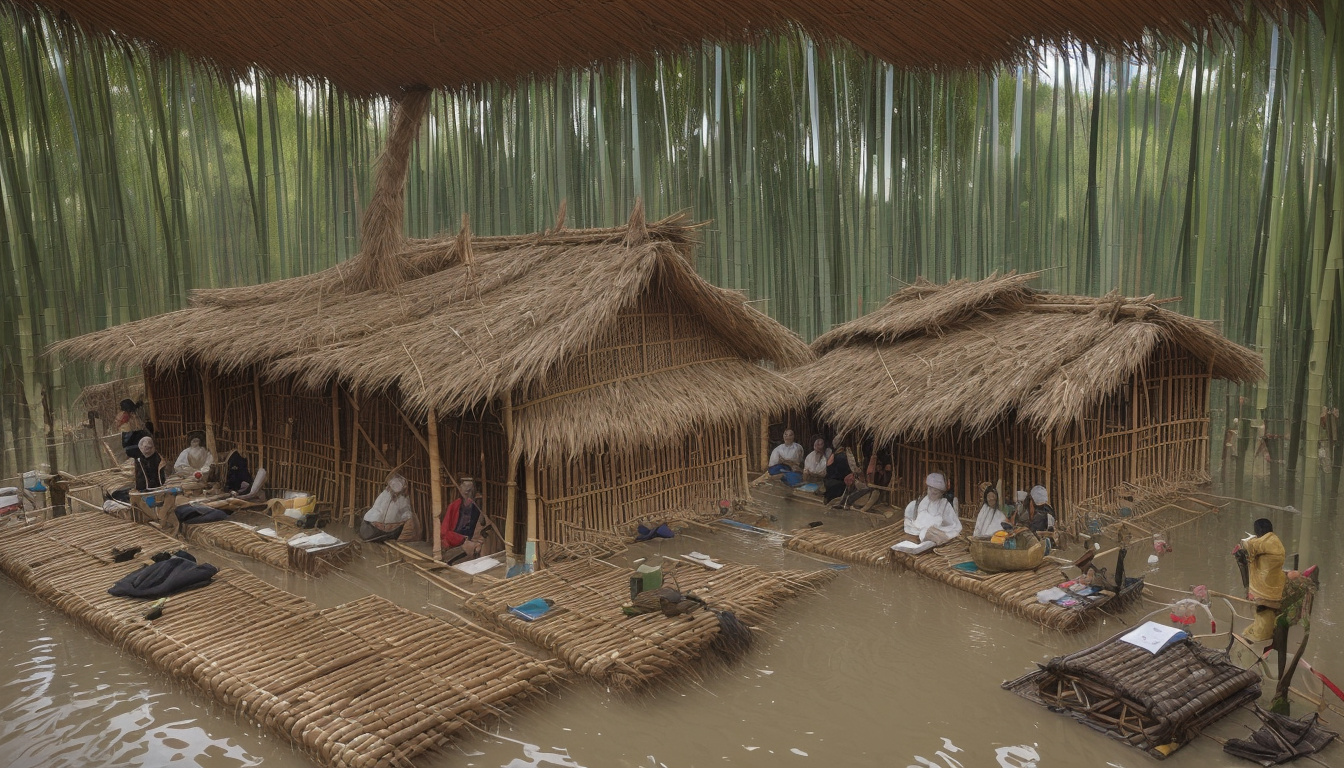Special Report Highlights the Role of Technology in Disaster Risk Reduction
Published by the United Nations Office for Disaster Risk Reduction (UNDRR)
Release Date: July 14, 2025
Available on ReliefWeb
In a significant move to reframe the conversation around technology and disaster risk reduction (DRR), the United Nations Office for Disaster Risk Reduction (UNDRR) has published a new Special Report titled Tech4DRR: Democratizing Innovation to Reduce Disaster Risk. The report emphasizes the importance of accessible, context-sensitive technology solutions — often low-tech — as critical tools for saving lives and managing disaster risks effectively.
Shifting Focus to Low-Tech and Inclusive Innovation
While high-tech, costly solutions tend to dominate discussions in the field of disaster management, this new analysis challenges that notion by spotlighting the value of simpler, locally tailored technologies. These include early warning systems that integrate Indigenous knowledge and community-led data collection tools that are practical and life-saving. The report argues that innovation should not be confined to advanced, high-cost technologies but rather focus on co-developing solutions with the communities most vulnerable to hazards.
Bridging the Global Technology Divide
A major insight from the report is the persistent gap between technology development and the needs of developing countries, particularly in the Americas and the Caribbean. Often, these countries purchase ready-made technologies originally designed in industrialized nations, which may not align with their specific challenges, such as connectivity issues, limited budgets, or infrastructural constraints. The report calls for reversing this trend by involving local stakeholders in the innovation process, thereby designing tools that reflect their cultural, linguistic, and operational realities.
The Non-Neutrality of Technology
Highlighting that technology is never neutral, the report points out that data, assumptions, and models underpinning many technological tools are frequently biased toward the contexts of industrialized countries. Hence, there is a pressing need for customization and local relevance in the design and deployment of DRR technologies.
Collaborations and Global Partnerships
The report is the result of a collaborative effort between UNDRR, NASA, the Private Sector Alliance for Disaster Resilient Societies (ARISE USA), and the Regional Scientific and Technical Advisory Group for the Americas and the Caribbean (RSTAG). This partnership underscores the effectiveness of blending Earth science expertise with local knowledge systems to meet real-world disaster risk challenges.
NASA’s Disaster Program Manager, Shanna McClain, stresses the importance of this approach: “When we align Earth science and technology with real-world needs, we can better reduce disaster risk and ensure our tools truly serve those most affected.”
Key Themes Explored in the Report
Among the critical topics discussed, the report:
- Examines the use of artificial intelligence and machine learning in disaster risk reduction within the Americas and Caribbean and critically analyzes their limitations in these contexts.
- Emphasizes designing technologies sensitive to different local capacities, languages, and cultures.
- Highlights the growing role of social media and digital communication in emergency response and public information dissemination.
- Showcases effective, simple technologies applied in community-based early warning systems.
Calling for Inclusive and Demand-Driven Solutions
The report underlines that technological innovation alone cannot address the complex challenges posed by disasters. It advocates for comprehensive approaches that combine technology with capacity-building, active community engagement, and development driven by genuine local demand.
Nahuel Arenas, Chief of the UNDRR Regional Office for the Americas and the Caribbean, underscores this point: “Technology has the potential to transform how countries address disaster risk—but that potential is only realized when it is accessible, context-specific, and useful to those who need it most. In Latin America and the Caribbean, we must close not only the technology gap but also the breach in participation in its development.”
Launch and Future Outlook
Tech4DRR is scheduled for a public virtual launch event on July 23, 2025. The event will feature simultaneous interpretation in Spanish, English, and Portuguese and will present all five chapters of the report alongside a high-level panel including representatives from international organizations, the private sector, and development agencies. The forum aims to ignite urgent conversations about democratizing technology for disaster risk reduction, empowering communities, and ensuring inclusive innovation processes.
This report arrives as the world approaches the final five years of the Sendai Framework for Disaster Risk Reduction 2015–2030, emphasizing the escalating intensity and costs of hazards globally. It sends a clear message: technology can transform disaster prevention and response but must be people-centered, representative of local needs, and developed through inclusive partnerships.
For Access to the Full Report: Download PDF (4.03 MB)
About UNDRR: The United Nations Office for Disaster Risk Reduction coordinates global efforts to reduce disaster risks. It works collaboratively with partners worldwide to build safer and more resilient communities.
This article is part of ReliefWeb’s ongoing coverage informing the humanitarian community and the public about advancements and analyses in disaster management worldwide.










